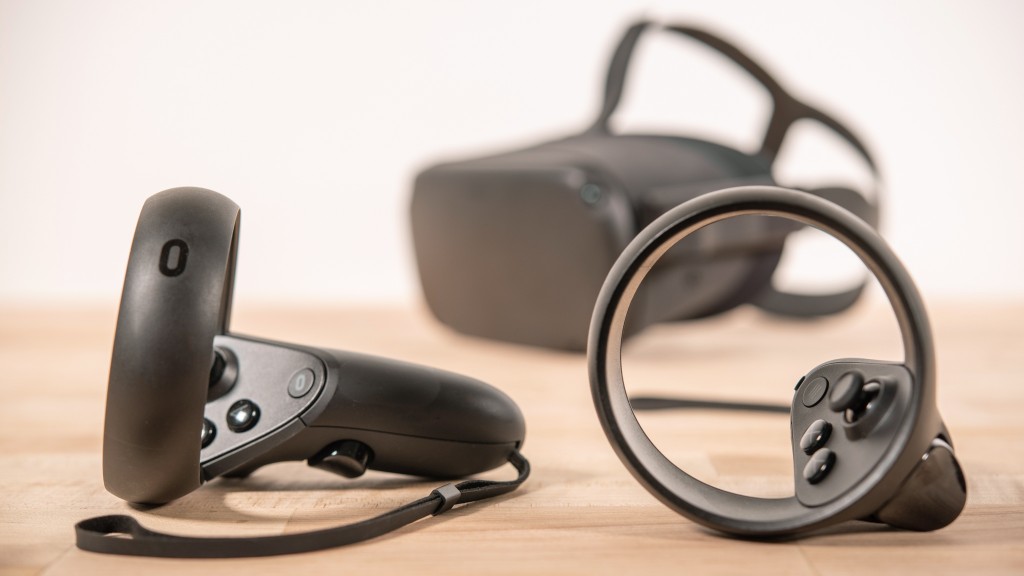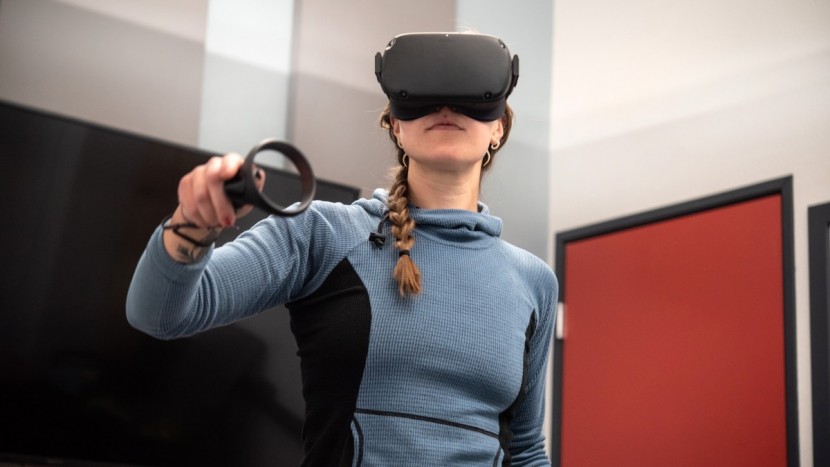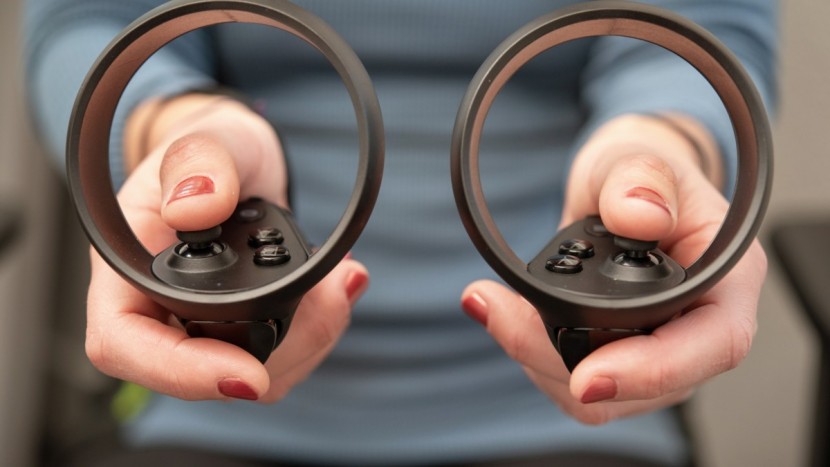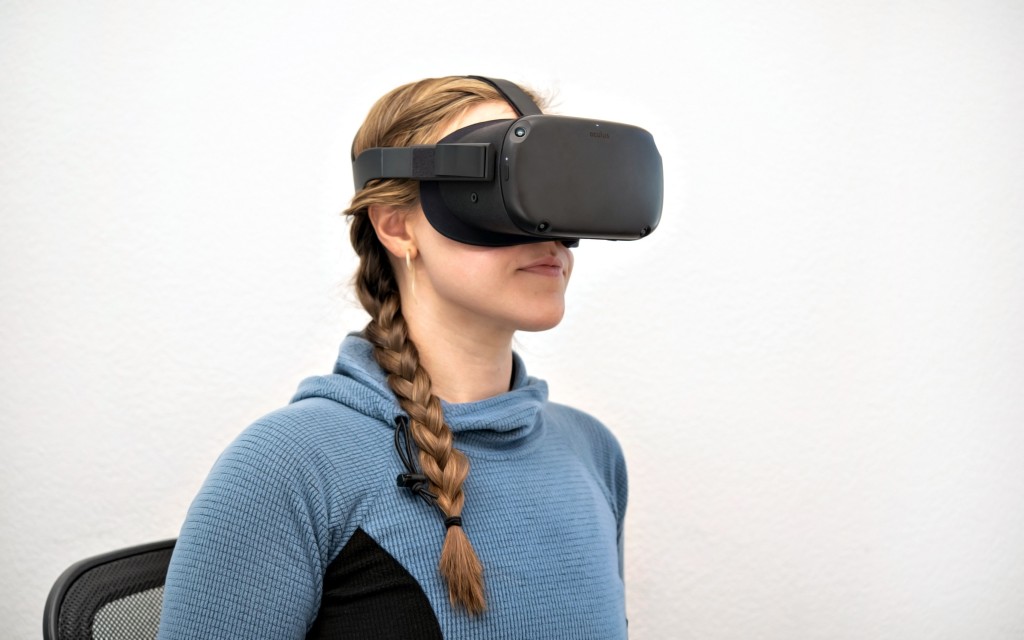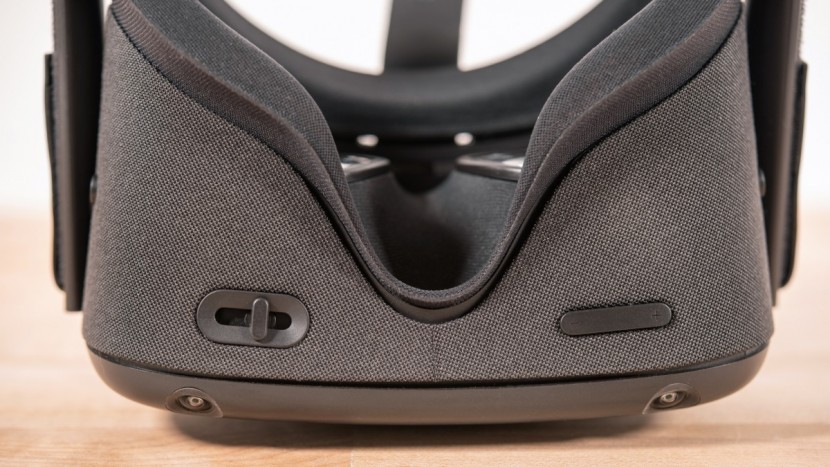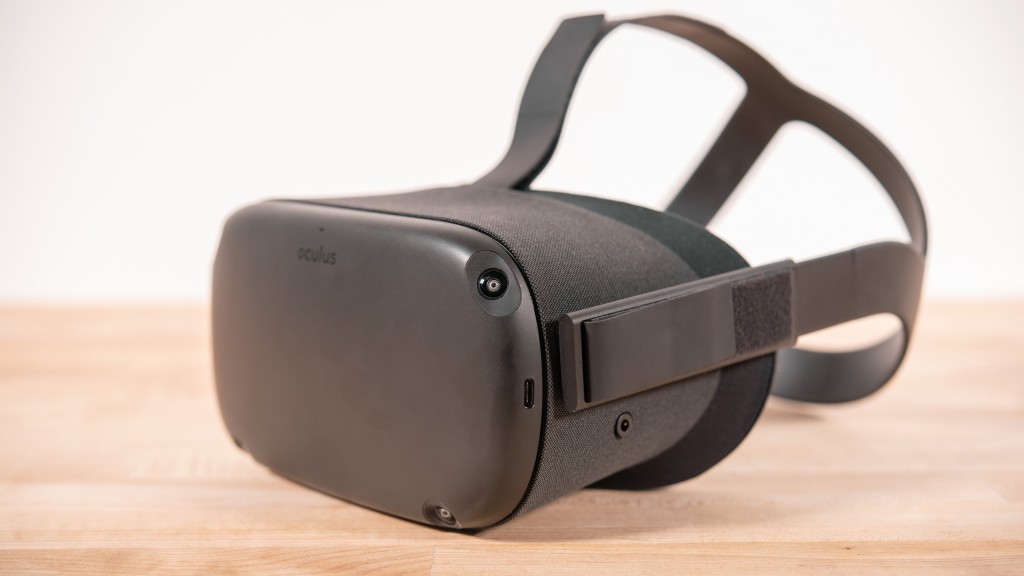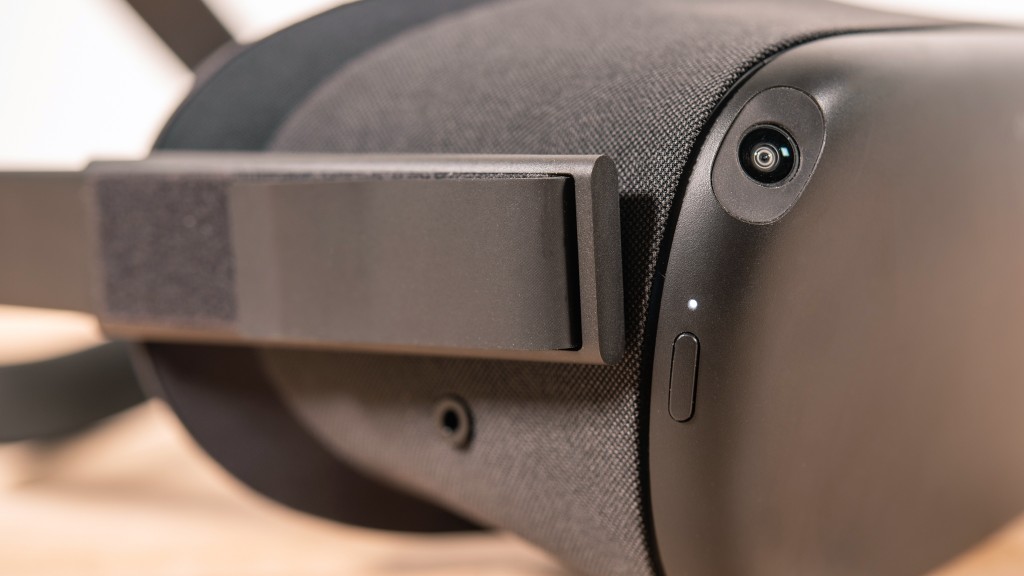Oculus Quest Review
Our Verdict
Our Analysis and Test Results
The Quest is a great product for someone who wants a better VR experience than the mobile headsets for your smartphone will provide but isn't quite ready to commit to the exceptionally high cost of the top-tier models. It can't handle the highest-end games but is still an absolute blast, all while costing less than half of what some of the premium headsets go for. It also is completely standalone, so you don't need to have a top-tier gaming computer to use it, which can cost just as much — if not more — than the top-of-the-line headsets go for.
Performance Comparison
Interactiveness
The most significant of all our testing metrics, our Interactiveness metric is responsible for 35% of the final score for the Quest and the other headsets in the review. In this metric, we compared the quality of the interface and controllers for each VR system, what room limitations there are, and the accuracy and precision of the motion tracking. The Oculus Quest performed very well, putting it right with the top-tier headsets.
The Quest uses an inside-out tracking mentality, relying on cameras on the headset to keep you from crashing into things, rather than external sensors. It does this by having you create what it calls a “Guardian” each time you play in a new location. This is done by identifying the floor and drawing out a safe area to move around in with the controller. The Quest then creates a virtual mesh wall around your safe area and informs you if you try and leave it, keeping us from crashing into things even when we were moving quickly. The four wide-angle cameras at each of the headsets four corners let you create an impressively large area, with the recommended size being 6.5'x6.5' and the capability to go much larger if you have space. This essentially gives you the best of both worlds — room-scale VR, just like the tethered products, and a highly portable and convenient mobile headset.
We found the position tracking of the headset to be fantastic but the controller tracking occasionally got a little finicky — especially when the movements were particularly animated. However, it usually sorted itself out quite quickly and overall is quite impressive, especially given the lack of external sensors. The Quest uses the Oculus Touch controllers, which are overall quite excellent.
These are super comfortable and intuitive to use, with the buttons easily capturing your natural hand motions. The main flaw we found with the Touch controllers is the battery covers would occasionally come loose during intense periods of play.
Visual Immersiveness
Next, we ranked and compared the quality of the graphics and the overall visual immersiveness of the Quest, which accounts for 20% of its total score. In particular, we awarded points based on the amount of ambient light knocked out, the resolution of the display, the sharpness of the image, field of view, and overall viewing quality. The Quest again did exceptionally well, tying with the top-tier products for one of the highest overall scores when it comes to visual immersiveness.
The overall quality of the image is fantastic, creating an incredibly immersive feeling while playing. Text is also clear and fairly easy to read. The Quest does let in just a small amount of ambient light right around the nose. This depends on the shape of your nose but we never found it to be distracting when playing.
The Quest has one of the higher resolutions displays of 2880 x 1660 combined — or 1440 x 1600 per eye. However, it does have a slightly narrower field of view than the best models, only measuring about 101º across.
Comfort
Next, we rated and scored how comfortable each of these headsets is to wear, especially for marathon gaming sessions. In this metric, also responsible for 20% of the Quest's final score, we compared the amount of padding each product has, if there is enough ventilation to keep your face from getting sweaty, and if there is enough room to wear glasses when using the headset. The Oculus is fairly typical for these products in terms of comfort, meriting it a score in the middle of the group.
The Quest has some padding but we wouldn't have been opposed to a bit more. This headset is very much weighted towards the front and can feel it pulling down on your face, but you can usually do a decent job of mitigating it with enough adjustments. However, we did struggle a bit to balance getting the strap tight enough to take the weight off of your face without making it so tight that it was painful.
This headset fits pretty close to your face and doesn't leave much room for wearing glasses. It can work but the head strap squeezes the arms of glasses against your ears and it is hard to take the headset off without inadvertently removing your glasses as well. It fits so close that one of our testers with a smaller interpupillary distance (IPD) even had the lenses hit the bridge of his nose when he moved quickly. It can also get quite sweaty to wear the Quest when it's warm out, as there isn't a ton of ventilation.
User Friendliness
This next metric covered how much of a hassle it is to use the Quest regularly, looking at things like getting it ready, hooking up headphones or controllers, and if you can accidentally hit buttons when using the headset. This set of evaluations is responsible for 15% of the total score for this VR headsets. The Oculus Quest is one of the most hassle-free headsets we have encountered, earning it top marks in this metric.
The Quest and its controllers are completely standalone, so you only have to power it up and put it on before you are ready to go. It will ask you to create a guardian if you are using the Quest in a new place but that process only takes a minute or two. It has integrated speakers that are pretty good and a headphone port if you want to upgrade your audio experience or make sure that in-game sounds don't disturb anyone around you.
The headset only has a power button and volume control on it and these are positioned where it is almost impossible to hit them accidentally during normal use.
Ease of Setup
Our final metric accounts for the remaining 10% of the score for each product and focuses on how much effort and time it took to go from unpacking each VR headset to playing a game, covering both hardware and software installation. The Quest does a great job of taking the fuss out of VR, earning it top marks in this metric.
There isn't any hardware setup besides installing batteries in the remotes and charging the headset if necessary. The only software installation is downloading the Oculus app on a smartphone to create an account for purchasing games and no other hardware is required.
Value
If you are looking for a great VR experience without spending a ton, then the Quest is where it's at. It's a fantastic value, holding its own with the top-tier models while costing less than half of what some of them go for.
Conclusion
If you are looking for a VR system that goes beyond simple smartphone experiences and isn't a huge inconvenience to use, then the Quest should be the first one you check out. It isn't the cheapest headset out there but it's a great bargain option for someone who doesn't want to spend a ton or for someone who doesn't already have a high-end gaming PC and doesn't want to buy one.



